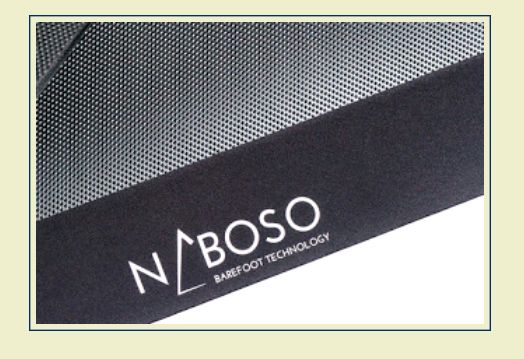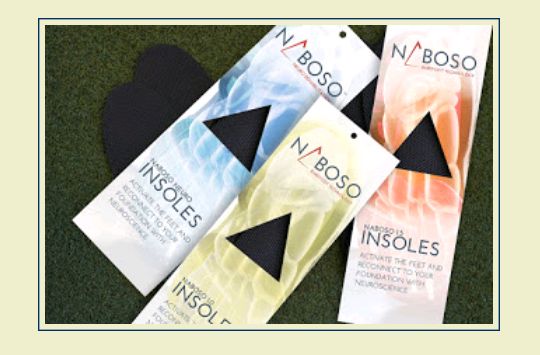The USPTO refused registration of the mark NABOSO for foot orthotics, yoga mats, and rubber flooring, finding the mark likely to cause confusion with four registered marks (with three different owners) comprising or containing the word BAREFOOT covering the same goods. What about the marks? "Naboso" is a Czech word that translates to "barefoot" in English, but are the marks confusable? To paraphrase George Strait, Czech yes or no. In re Naboso Technology, LLC, Serial No. 87236262 (February 27, 2019) [not precedential] (Opinion by Judge David Mermelstein).

Strength of the BAREFOOT marks:
As to commercial strength, applicant pointed to eleven registrations for marks comprising the terms BAREFOOT, BARE FOOT, or BARE FEET for a variety of goods and services. The Board noted that registrations alone have little evidentiary value on the issue of commercial strength because purchasers are not aware of registrations in the USPTO. Applicant also submitted evidence of use for four of the third-party marks, but none involved goods substantially similar to those of the cited registrations. Moreover, the number of uses was too few to have a likely effect on consumer perception.
As to inherent strength, the Board found "barefoot" to be suggestive of the goods in the cited registration because all may be used on or with bare feet. The third-party registrations also showed that "barefoot" is "generally suggestive of foot-related products and services." The Board therefore concluded that "barefoot" is somewhat suggestive of the involved goods.

The marks:
Although there is no correct pronunciation of a term that is not a common English word, the Board could not imagine a pronunciation of NABOSO that would have any similarity to the likely English pronunciation of BAREFOOT.
As to appearance, the Board found the word NABOSO to be "considerably more dissimilar than similar" to the marks of the cited registrations because of the different words used in them: two of the cited marks consisted of the word BAREFOOT in standard character form, while the other two marks included a design of a stylized footprint with additional wording (ARCH SUPPORTS in one and YOGA CO. in the other).
The "gravamen" of the USPTO's refusal was the translation of NABOSO, which means "barefoot" in Czech. Under the doctrine of equivalents, the examining attorney argued, NABOSO should be considered as identical to BAREFOOT in meaning. Applicant maintained that Czech is not a common, modern language in the United States, and therefore that the doctrine of equivalents should not apply. In other words, it may be modern, but not common.
The Board found it unnecessary to resolve the issue raised by applicant because, even if the doctrine is applied, it establishes only similarity in meaning, and "such similarity as there is in connotation must be weighed against the dissimilarity in appearance, sound, and all other factors, before reaching a conclusion on likelihood of confusion as to source."
Even assuming that NABOSO and BAREFOOT are identical in meaning, the marks are "entirely different in pronunciation and (except for stylization) appearance." The Board concluded that, considering the marks in their entireties, applicant's mark is more dissimilar than similar to the cited marks.
Conclusion: Although the involved goods are identical or related in part and predominantly share the same channels of trade, the Board also found BAREFOOT to be inherently weak. Moreover, the marks are dissimilar in sound and appearance and even if identical in meaning, that similarity is not sufficient to support the refusal. And so the Board reversed.
TTABlog comment: Deeming "barefoot" to be suggestive of these goods seems a bit of a stretch.
The content of this article is intended to provide a general guide to the subject matter. Specialist advice should be sought about your specific circumstances.
